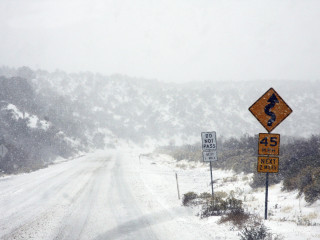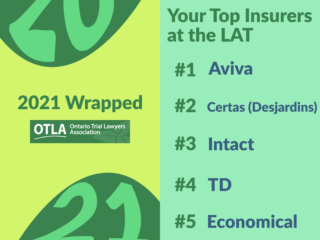Where an expert has retained separate legal counsel to assist with the preparation of a report or affidavit, the expert will not be required to produce drafts or copies of communications between the expert and his or her counsel. However, the expert will be required to produce drafts and correspondence if there is a factual basis for the reasonable suspicion that counsel has improperly influenced the expert.
Abdulwasi v Pietrantonio, 2017 ONSC 3608
After an action has been set down for trial, leave to conduct a further examination for discovery will be granted when there has been a “substantial or unexpected change in circumstances.” The plaintiff’s deterioration in health and subsequent surgery, if reasonable extensions of injuries present prior to setting the action down, will not satisfy this test.
Thorne et al. v. Hudson et al., 2016 ONSC 5507
In cases with multijurisdictional facts, the choice of law analysis depends on the specific tort alleged. In Thorne, the claims were mainly based on the tort of negligent misrepresentation, which occurs where the misinformation is received or relied upon.
MacKay v Starbucks Corporation, 2017 ONCA 350
The Court of Appeal upheld the trial judge’s ruling that Starbucks was an occupier of a municipal sidewalk leading into a Starbucks patio. The Court noted that in order for an adjacent property owner to be an occupier, the adjacent property owner’s actions must constitute more than “merely clearing adjacent public sidewalks of snow and ice, whether in compliance with municipal by-laws or otherwise.”











